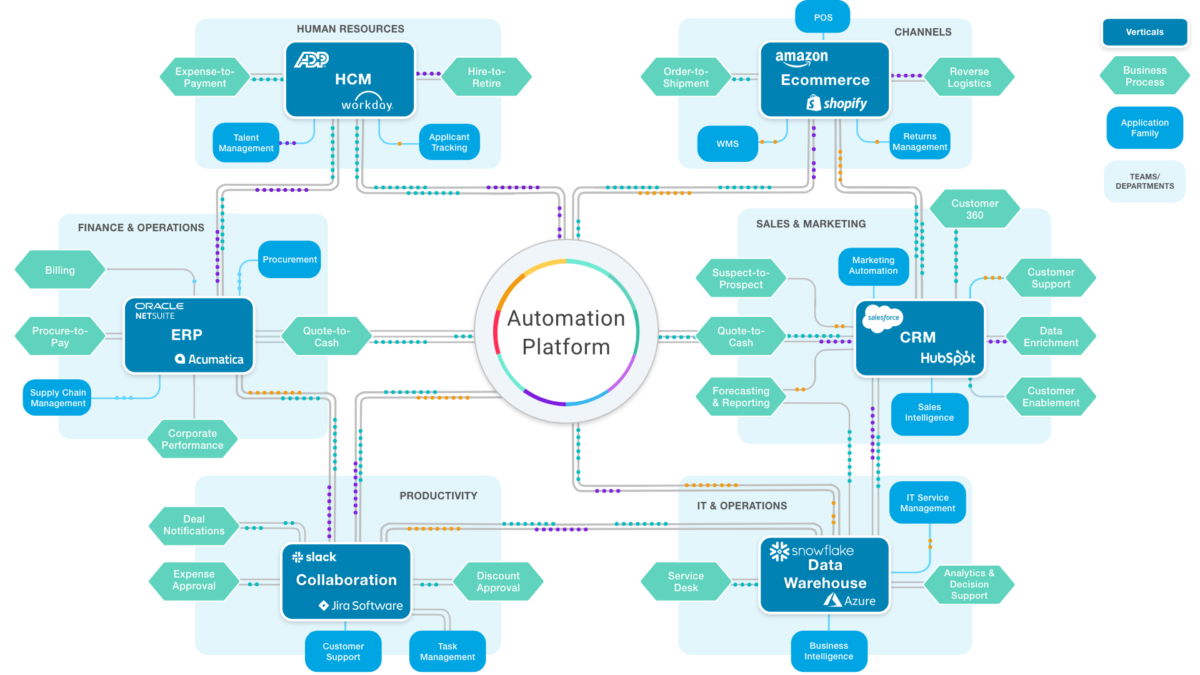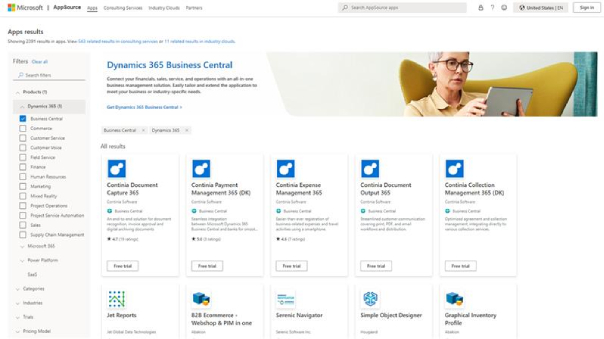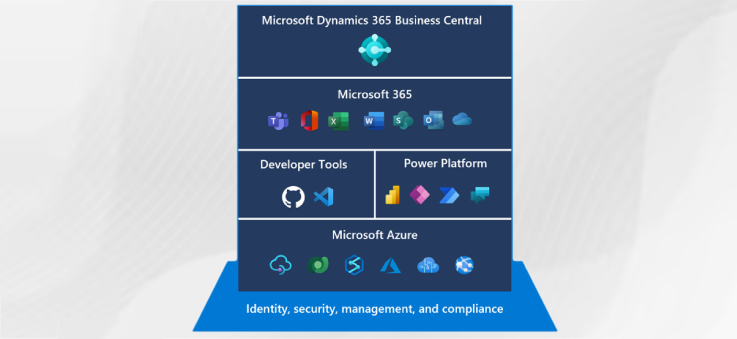Due to the COVID-19 pandemic, many SaaS and software organizations have had to suddenly adapt to a new normal. These adjustments included transitioning to a remote workforce, finding alternative ways to offer customer service, and optimizing operations through enterprise automation. Perhaps these examples sound familiar to you and your company.
Over the last year, businesses have had to embrace technology with greater agility than ever before to survive.
- 89% of CIOs say their companies’ digital transformation has accelerated, and 58% expect their initiatives to continue speeding up.
- The pandemic expedited the digitization of customer and supply-chain interactions and internal operations by three to four years, according to surveyed executives.
- This year, worldwide end-user spending on public cloud services will grow 23.1% to a total of $332.3 billion.
As we look ahead, the most resilient organizations will continue to evolve their digital architecture. In order to quickly scale, they will utilize applications and platforms that help automate their business processes.
In this article, find out how your company can prepare for this post-pandemic future through enterprise automation and integration.
The Need for SaaS Apps Integration
As the number of SaaS companies grows globally, so has corporate spending for cloud-based applications. The graphic below shows the average number of apps and annual spend for SMB, mid-market, and enterprise companies.

For mid-market and enterprise companies, the average spend has increased exponentially. Compared with five years ago, today’s SaaS apps are much easier to acquire and use at the departmental level without IT’s assistance. In this best-of-breed world, each team hones in on applications that excel at specialized functions instead of all-in-one solutions.
As more SaaS apps are acquired, a pecking order develops over time. Certain types of apps, such as an ERP or CRM, become the foundational apps, while other applications cluster around them. In other words, foundational apps represent the systems of record for a department or team, playing critical roles in business processes.
This graphic shows examples of foundational apps for different teams and departments along with their role in cross-functional business processes.
Although individual SaaS apps can help automate manual processes, the overall accumulation – the SaaS sprawl – can overwhelm your digital architecture. Without proper integrations to connect your apps, the key data for your business processes become siloed. This data fragmentation blocks efficiency, productivity, and enterprise automation.
During this time of rapid digital transformation, an automation-first approach must be fostered by your entire C-suite, manifesting across all areas of the organization. Otherwise, companies with broken-down business processes will be left behind.
3 Enterprise Automation Strategies
Now that you have a better idea of the sense of urgency at hand, what can you do to prepare your organization? Here are three strategies that will help transform your business into a digital enterprise.

1. Automate business processes based on best practices.
Connecting your SaaS apps together is just the first step. Your company’s success depends on the ability for organizational leaders to transform your enterprise’s business processes. This includes bridging any gaps in data sharing between all departments and teams. To increase the odds of success for your digital transformation, you’ll need to cultivate a company culture that fosters innovation and change in all parts of your business. After all, the integration technology decisions your team makes today will impact your business process automation tomorrow.
2. Adopt an enterprise automation platform for more predictable resource availability.
API, point-to-point, and vendor-built integrations can be effective in certain use cases. However, they’re costly and unsustainable for long-term integrations for growing companies. Instead, an automation platform like an integration Platform as a Service (iPaaS) standardizes the way that integrations can be built and managed for all teams. An iPaaS provides a centralized, holistic view to monitor enterprise-wide integrations, manage and recover from any errors, and resolve issues.
3. Federate delivery and management of automation to business units.
For decades, large, centralized operations managed complex automations and integrations for growing SaaS and software companies. Thanks to newer integration technologies, some companies have now taken a federated approach. While IT still manages more technical, overarching projects, individual departments and teams feel empowered to build and manage their own integrations on a next-gen iPaaS. In this new normal, your business leaders must also be tech leaders.
Resources
In the future, the organizations that are most likely to thrive will not cling to the past. After all, what may have worked two years ago could be outdated now.
Instead, digital enterprises will continue to find ways to make their work better and more efficient with technology. They recognize that business and technology strategies are now tightly coupled. This includes better utilization of cloud-based applications and automating business processes through integrations.
Article Source: Celigo.com





